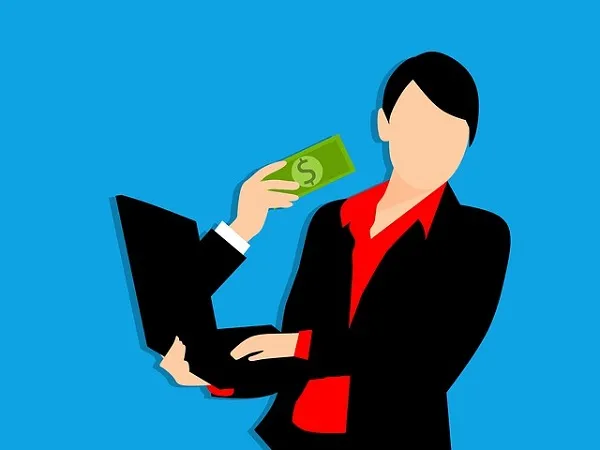
Psychology of Flash Rewards: Why They Work and How to Use
Online games have become a popular pastime for millions of people worldwide just about entertainment, but also about fun challenges, competition, and rewards. In fact, rewards are among the most powerful motivators in online gaming. Flash rewards, in particular, have gained popularity in recent years due to their effectiveness in keeping players engaged and motivated. Let’s take a closer look at the psychology of flash rewards and how you can use them in your online game. Flash rewards work because they activate the brain’s reward system, which is responsible for releasing dopamine – a neurotransmitter that makes us feel good.
When players receive a flash reward, their brain releases dopamine, which creates a positive association with the game. This positive association encourages players to continue playing the game and seeking more rewards. Flash rewards also work because they are unexpected. Unlike regular rewards, which are often predictable, flash rewards are random and unpredictable. This is unpredictability creates excitement and anticipation, making players more engaged and motivated.
- Identify the Actions You Want to Reward-The first step in using flash rewards is to identify the actions you want to reward. These actions should be meaningful and challenging, but not too difficult. For example, you could reward players for completing a level within a certain time limit, collecting a certain number of items, or defeating a difficult boss.
- Determine the Rewards-Once you’ve identified the actions you want to reward, you need to determine the rewards. There are rewards small but meaningful, and they should be related to the action being rewarded. For example, if you’re rewarding players for collecting a certain number of items, the reward could be a special item that helps them progress through the game.
- Make the Rewards Unexpected-To make the earning from flash rewards app more effective, make them unexpected. Don’t announce them beforehand or make them too predictable. Instead, surprise players with a flash reward when they least expect it. This unpredictability creates excitement and keeps players engaged and motivated.
- Keep the Rewards Small and Frequent-Flash rewards should be small and frequent makes them too big or too rare, or they’ll lose their effectiveness. Instead, give players small rewards frequently throughout the game. This keeps the reward system active and encourages players to keep playing.
- Use Visual and Auditory Cues-To make the rewards more effective, use visual and auditory cues. When players receive a flash reward, make sure they see and hear it. Use bright colours, animations, and sound effects to make the rewards more exciting and memorable.
- Personalize the Rewards-Personalize the rewards. Use the player’s name or avatar in the reward message to make it more meaningful. This is personalization creates a stronger connection between the player and the game, making them more likely to continue playing.
Conclusion
They work by activating the brain’s reward system and creating a positive association with the game. To use flash rewards in your online game, identify the actions you want to reward, determine the rewards, make the rewards unexpected, keep them small and frequent, use visual and auditory cues, and personalize the rewards. With these tips, you can create a reward system that keeps players engaged and motivated, leading to a more successful and enjoyable game.



